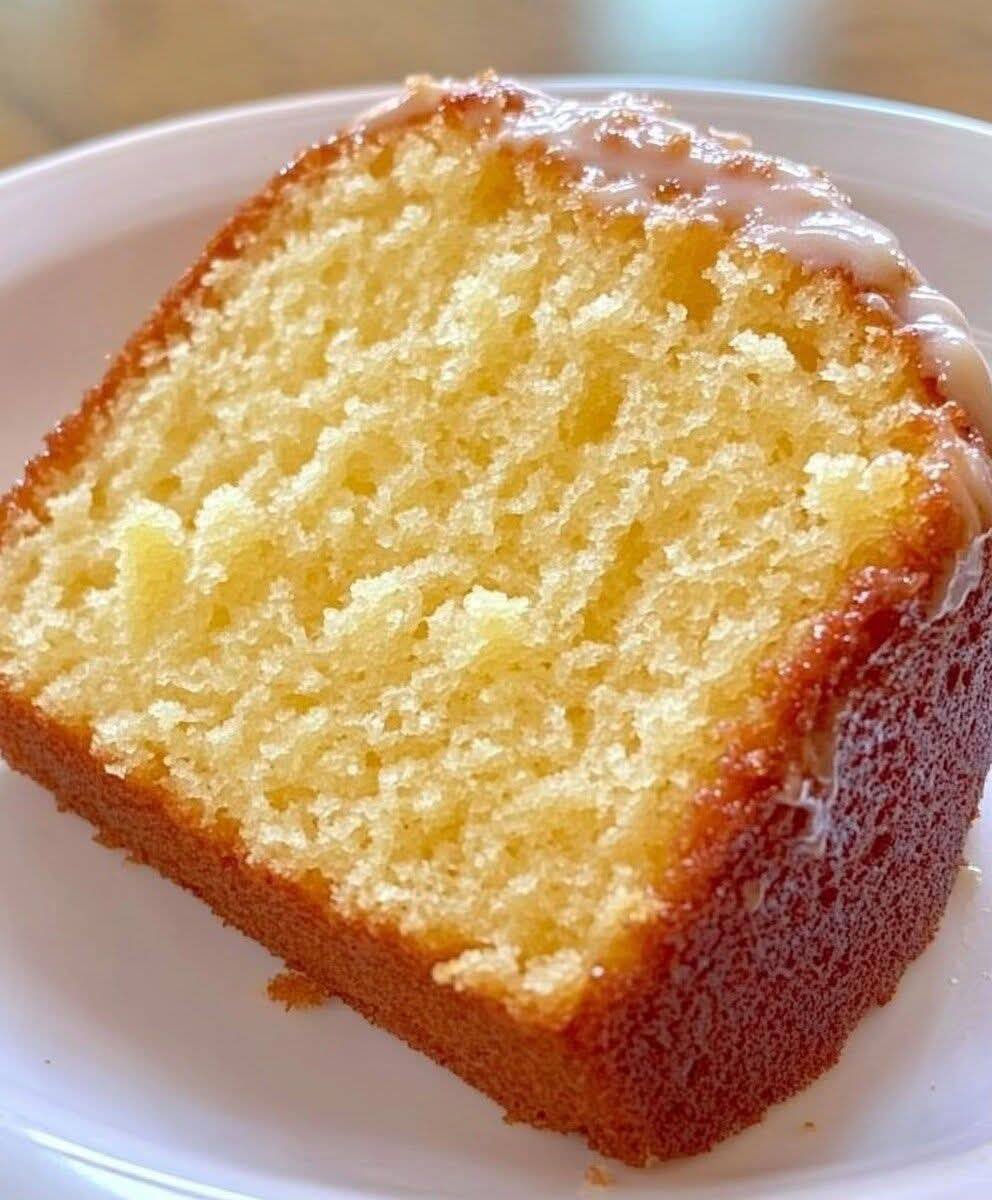If there’s one cake that never fails to brighten up a gathering, it’s a classic lemon cake. With its light, fluffy texture and tangy citrus flavor, this cake strikes a perfect balance between sweet and zesty. It’s the kind of dessert that feels right at home during spring picnics, afternoon tea parties, or simply as a treat after dinner. Unlike heavier chocolate or spice cakes, lemon cake is refreshing, uplifting, and has a timeless appeal. In this recipe, we’ll explore how to make a moist, bakery-style lemon cake from scratch, with tips to ensure every slice is tender, flavorful, and topped with just the right finishing touch.
Ingredients
To make this classic lemon cake, you’ll need the following:
For the Cake:
-
2 ½ cups all-purpose flour
-
2 ½ teaspoons baking powder
-
½ teaspoon baking soda
-
½ teaspoon salt
-
1 cup unsalted butter, softened
-
1 ¾ cups granulated sugar
-
4 large eggs, room temperature
-
2 tablespoons lemon zest (from about 2 lemons)
-
½ cup fresh lemon juice
-
1 teaspoon vanilla extract
-
1 cup buttermilk, room temperature
For the Lemon Glaze (optional but highly recommended):
-
1 cup powdered sugar
-
2–3 tablespoons fresh lemon juice
For Garnish:
-
Thin lemon slices or curls of lemon zest
-
A light dusting of powdered sugar
Instructions
Step 1: Preheat and Prepare
Start by preheating your oven to 350°F (175°C). Grease and flour two 8-inch round cake pans (or line them with parchment paper). Ensuring your pans are properly prepared is key to a smooth release once the cake is baked.
Step 2: Mix the Dry Ingredients
In a medium-sized bowl, whisk together the flour, baking powder, baking soda, and salt. This step evenly distributes the leavening agents, which helps the cake rise uniformly in the oven.
Step 3: Cream the Butter and Sugar
In a large mixing bowl, use an electric mixer to cream together the softened butter and granulated sugar until light and fluffy, about 3 minutes. This process incorporates air into the batter, giving your cake that soft, tender crumb.
Step 4: Add Eggs and Flavorings
Beat in the eggs one at a time, mixing well after each addition. Next, stir in the lemon zest, lemon juice, and vanilla extract. The zest is particularly important—it carries essential oils that intensify the lemony flavor, giving the cake its signature brightness.
Step 5: Combine Wet and Dry Ingredients
Add the dry ingredients to the butter mixture in three additions, alternating with the buttermilk. Start and end with the flour mixture. Mix gently, just until everything is combined. Over-mixing at this stage can make the cake dense rather than light.
Step 6: Bake the Cakes
Divide the batter evenly between the two prepared pans. Smooth the tops with a spatula, then bake for 25–30 minutes, or until a toothpick inserted in the center comes out clean. The cakes should be golden around the edges and spring back when lightly touched.
Step 7: Cool the Cakes
Allow the cakes to cool in the pans for 10 minutes before transferring them to a wire rack to cool completely. Cooling is essential before adding any glaze or frosting, as it prevents the topping from melting into the cake.
Step 8: Make the Lemon Glaze
In a small bowl, whisk together powdered sugar and lemon juice until smooth. Adjust the consistency to your liking—thicker for a frosting-like topping or thinner for a drizzle.
Step 9: Assemble and Serve
Once the cakes have cooled, drizzle the glaze generously over the tops. You can stack the cakes for a layered presentation, or serve them separately for a simpler style. Garnish with lemon slices, curls of zest, or a sprinkle of powdered sugar for an elegant finish.
Tips for Success
-
Use Fresh Lemons – Bottled lemon juice can’t compare to the bright, aromatic flavor of fresh lemons. Always zest before juicing, as it’s difficult to zest a lemon once it has been squeezed.
-
Don’t Skip the Buttermilk – The acidity in buttermilk works with baking soda to create a tender crumb. If you don’t have buttermilk, you can make a quick substitute by mixing 1 cup of milk with 1 tablespoon of vinegar or lemon juice and letting it sit for 5 minutes.
-
Room-Temperature Ingredients – Ensure butter, eggs, and buttermilk are at room temperature for smooth blending and even baking.
-
Flavor Boost – For an extra punch, brush warm cakes with a thin layer of lemon syrup (sugar dissolved in lemon juice) before glazing. This infuses the cake with even more citrus flavor.
-
Make Ahead – Lemon cake keeps well. You can bake the cake layers a day in advance, wrap them tightly in plastic wrap, and frost or glaze the next day.
Serving Suggestions
This lemon cake pairs beautifully with tea, coffee, or a glass of sparkling water with fresh mint. It’s versatile enough to serve plain with glaze, or you can elevate it with cream cheese frosting for a richer dessert. For summer gatherings, a side of fresh berries like blueberries or raspberries adds a burst of color and complements the tangy flavor perfectly.
Final Thoughts
Lemon cake is the perfect balance of refreshing citrus and indulgent sweetness. It’s a crowd-pleaser that works equally well as a birthday cake, a weekend bake, or a centerpiece for special occasions. With its moist crumb, vibrant lemon flavor, and simple yet elegant glaze, this recipe is one you’ll find yourself returning to time and time again. Whether you enjoy it as a light afternoon snack or dress it up with layers and frosting for celebrations, this cake is proof that sometimes the simplest flavors are the most memorable.
